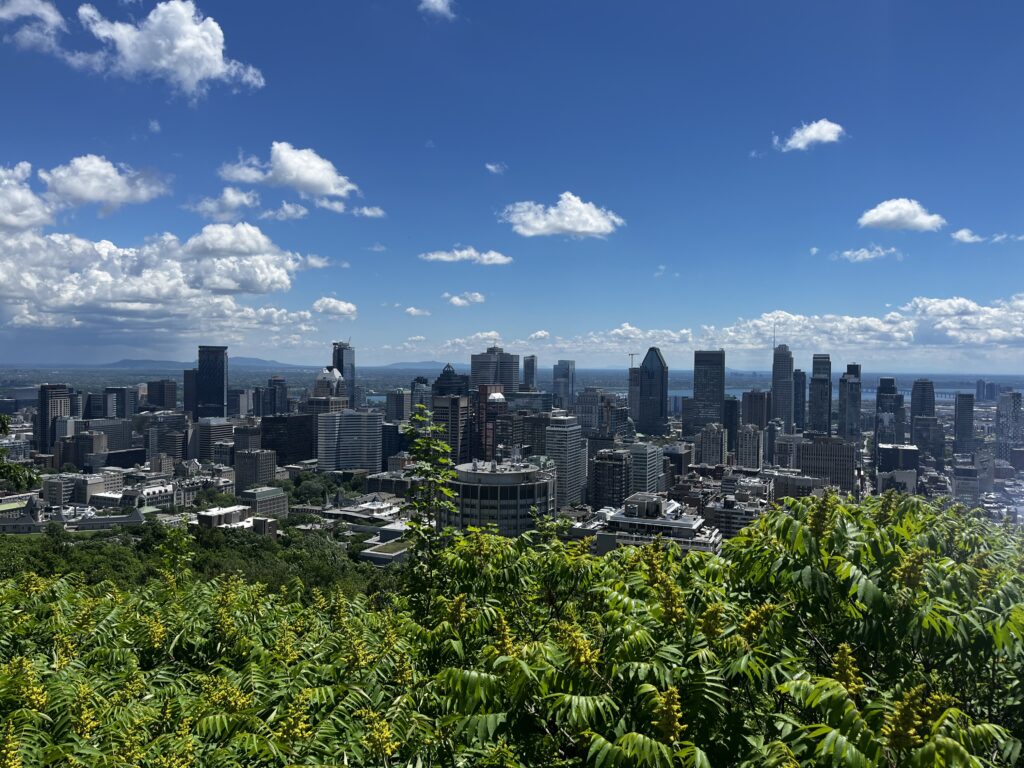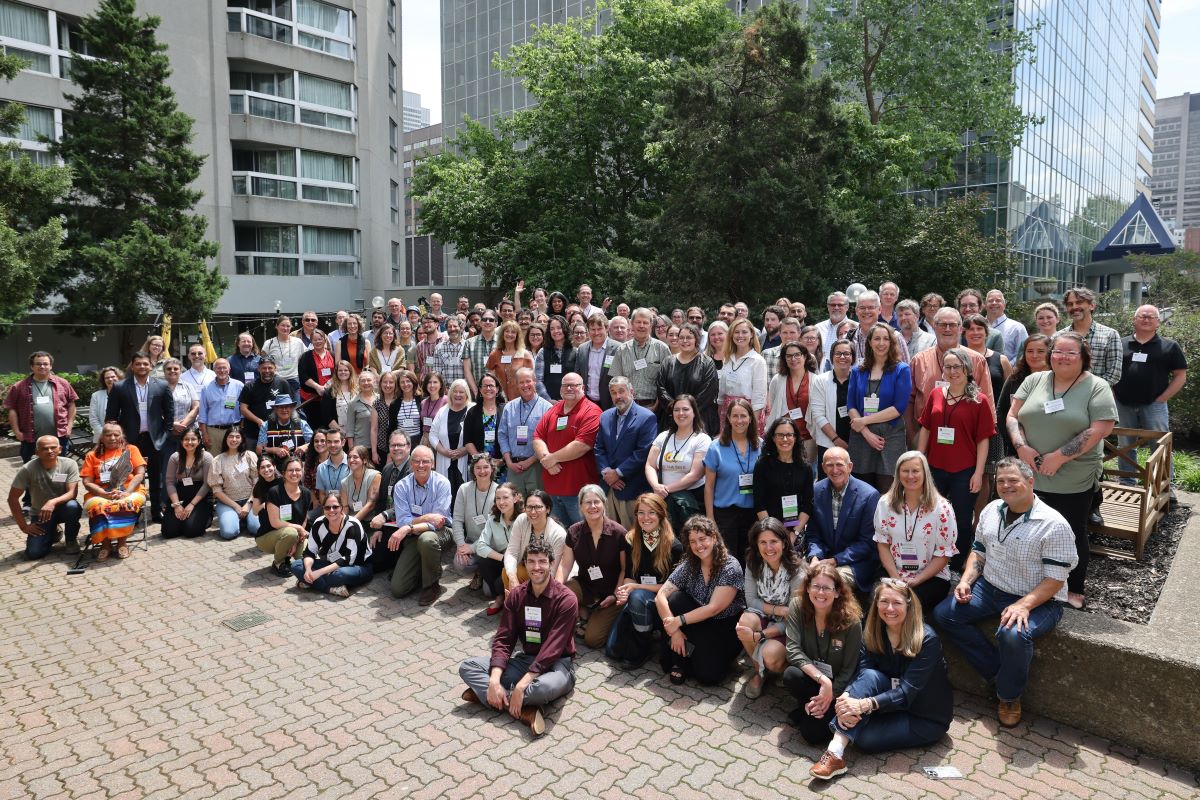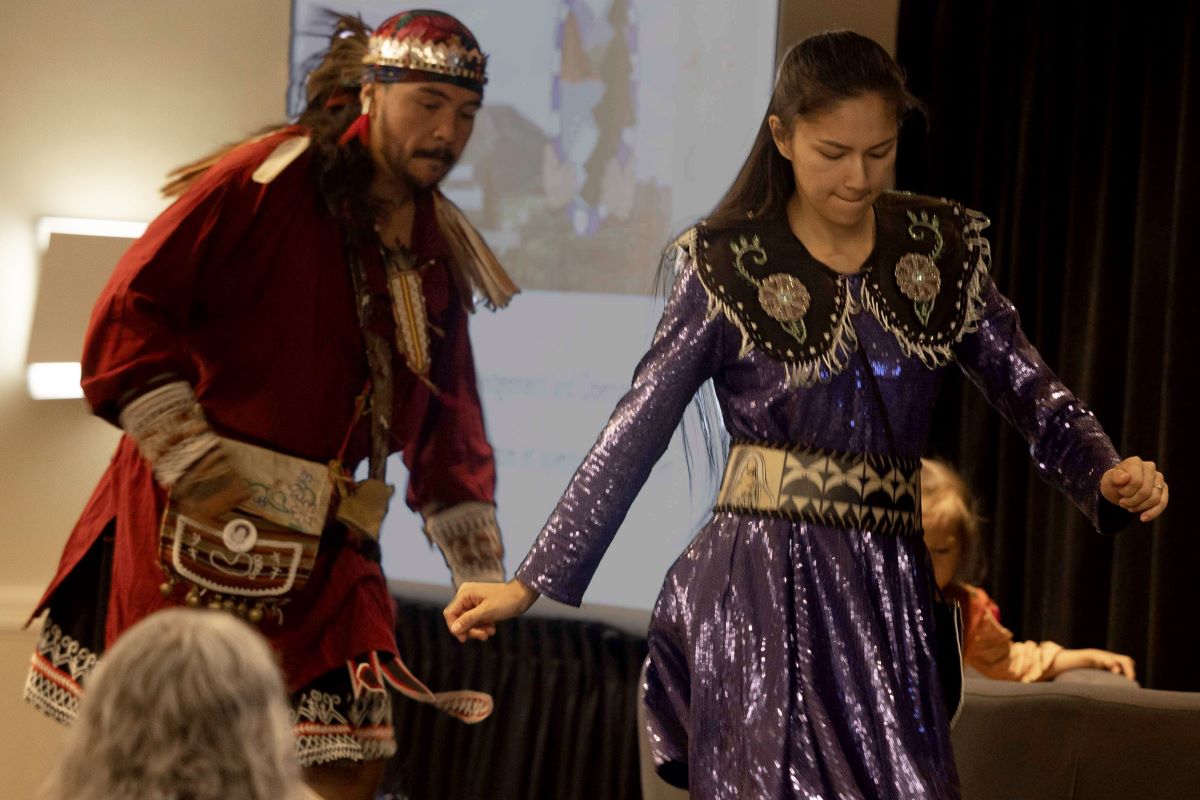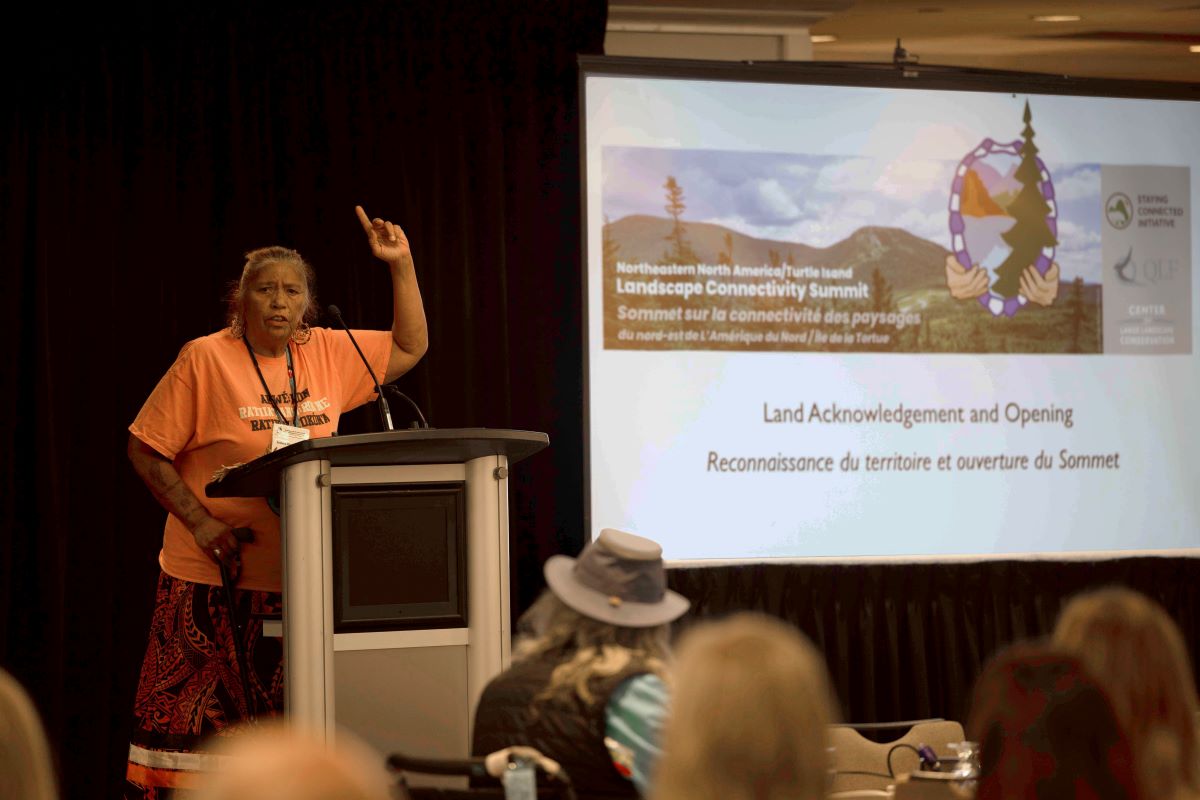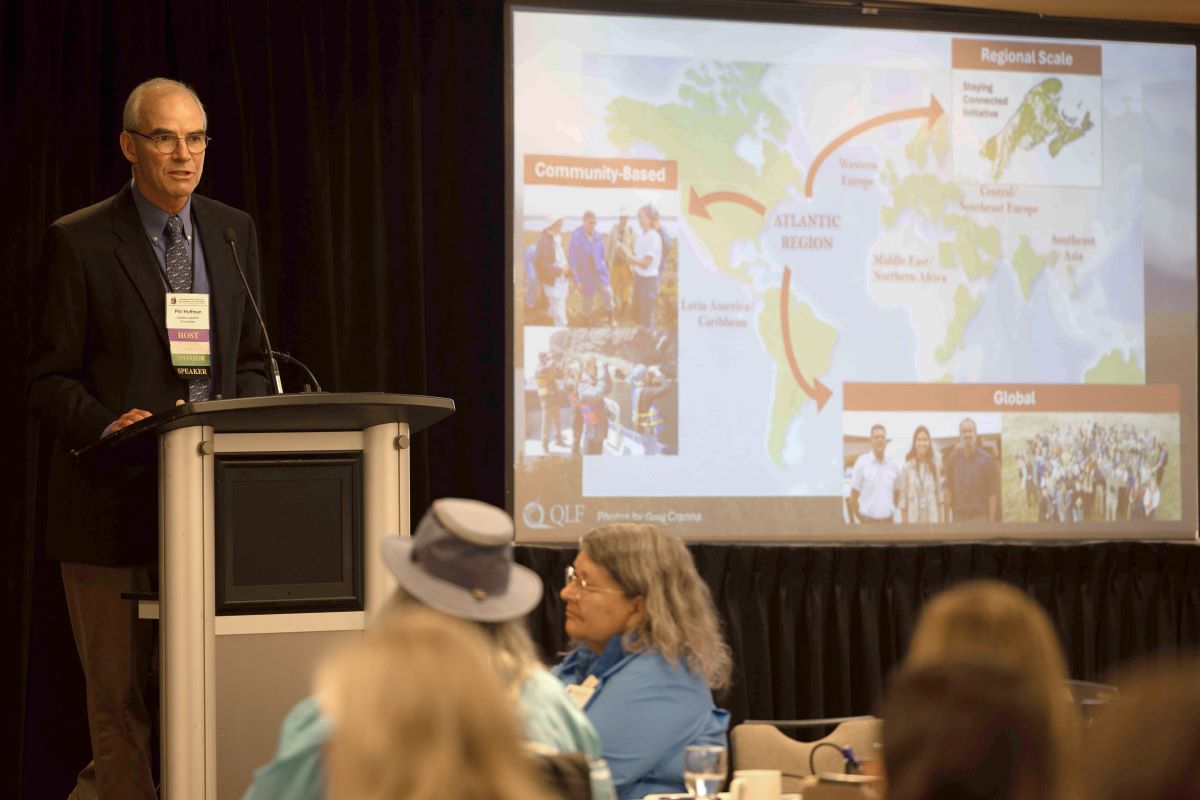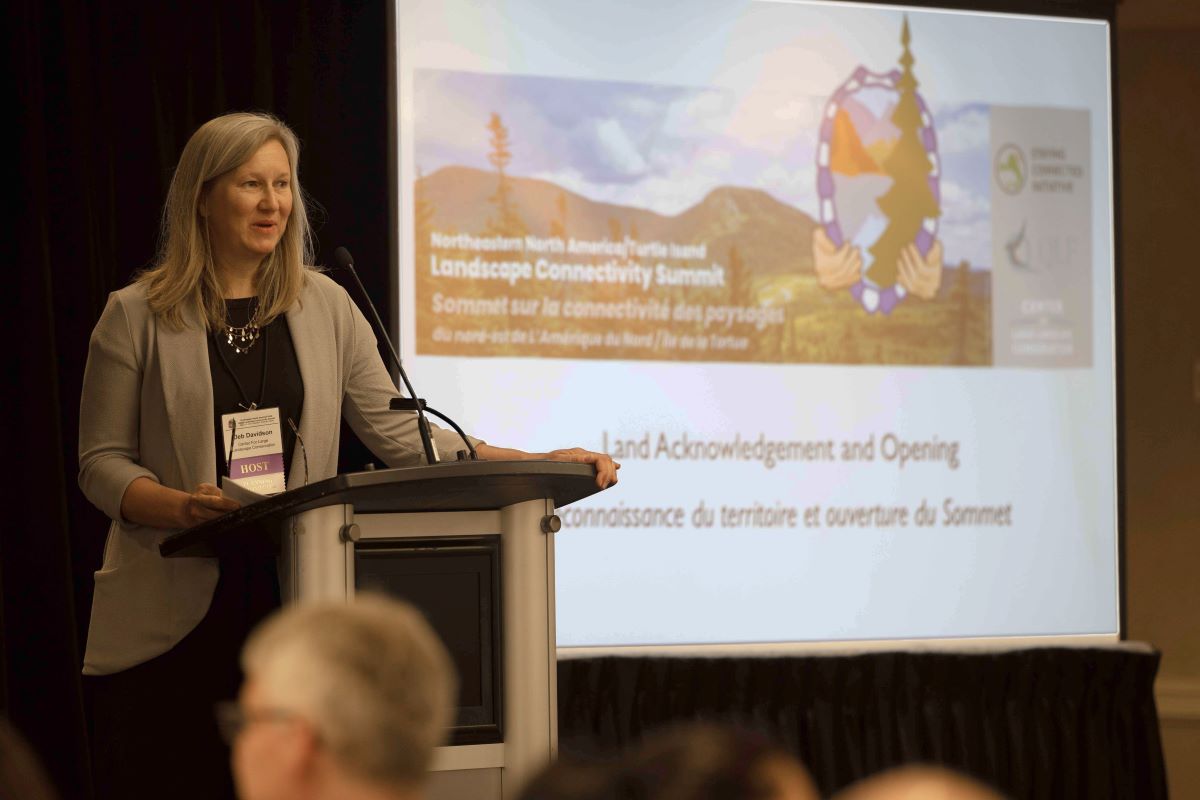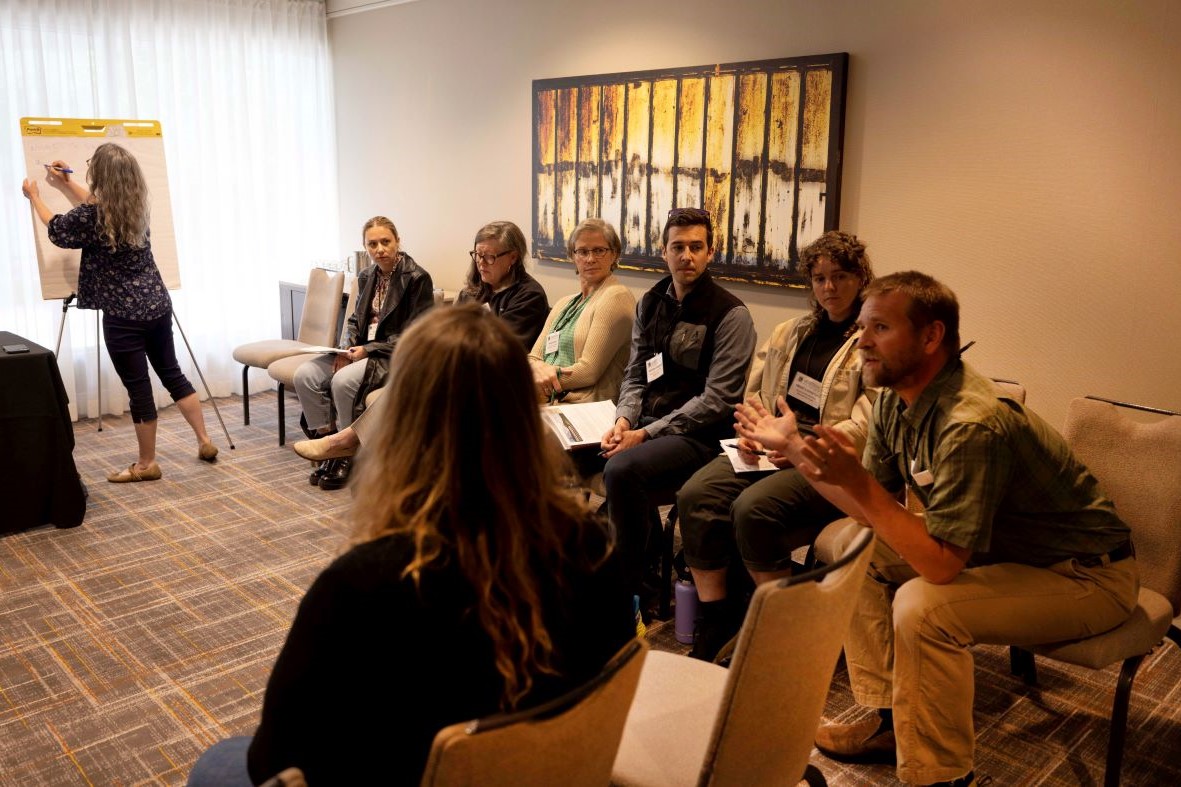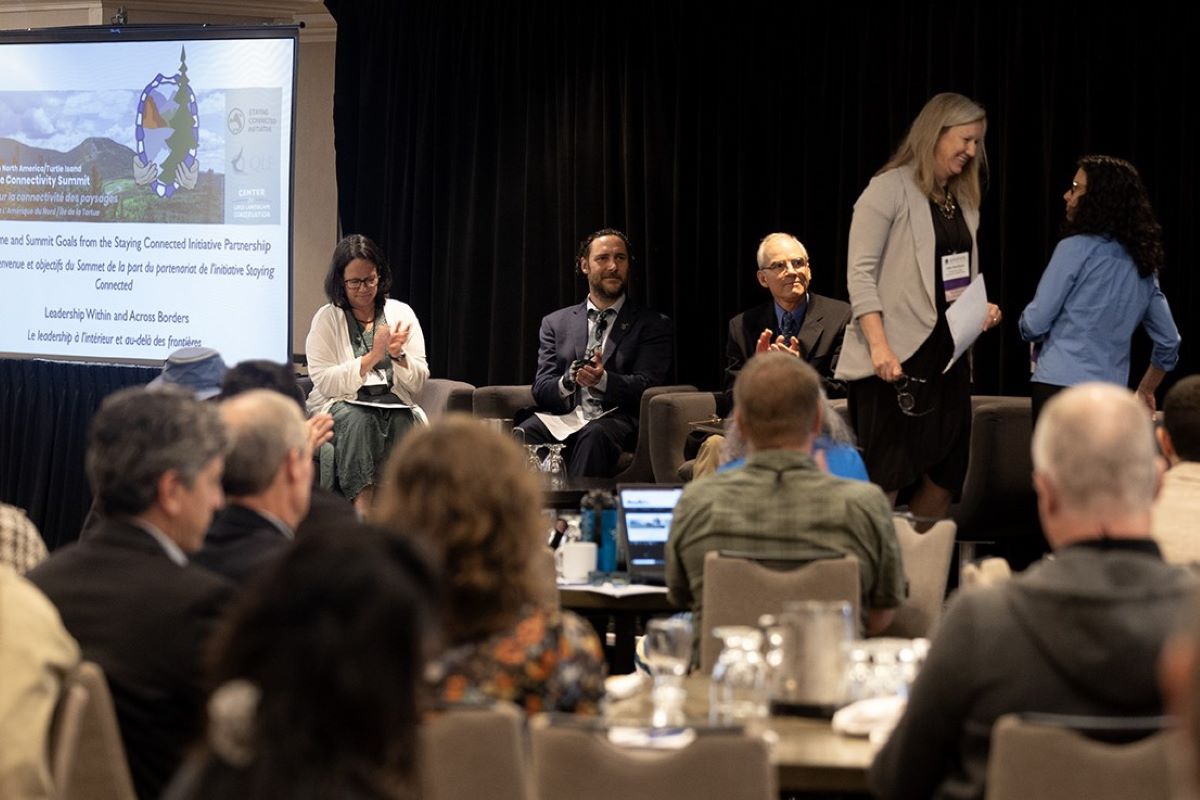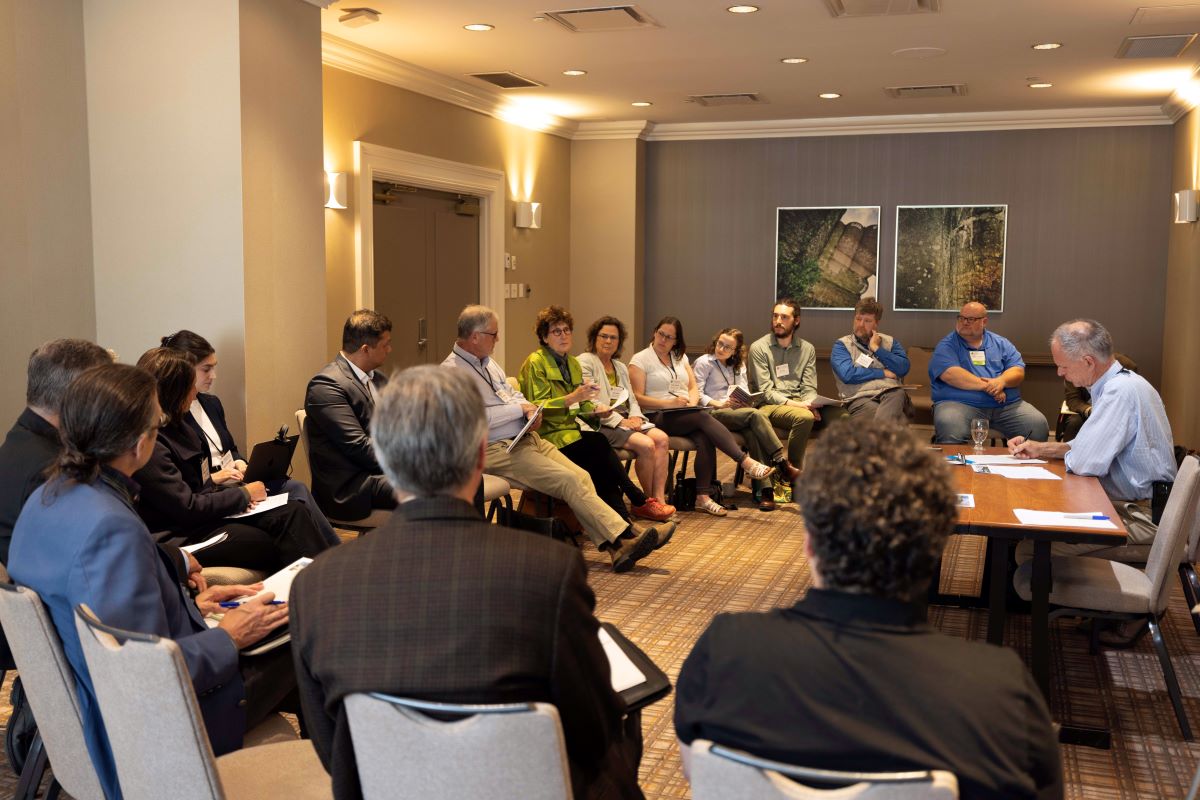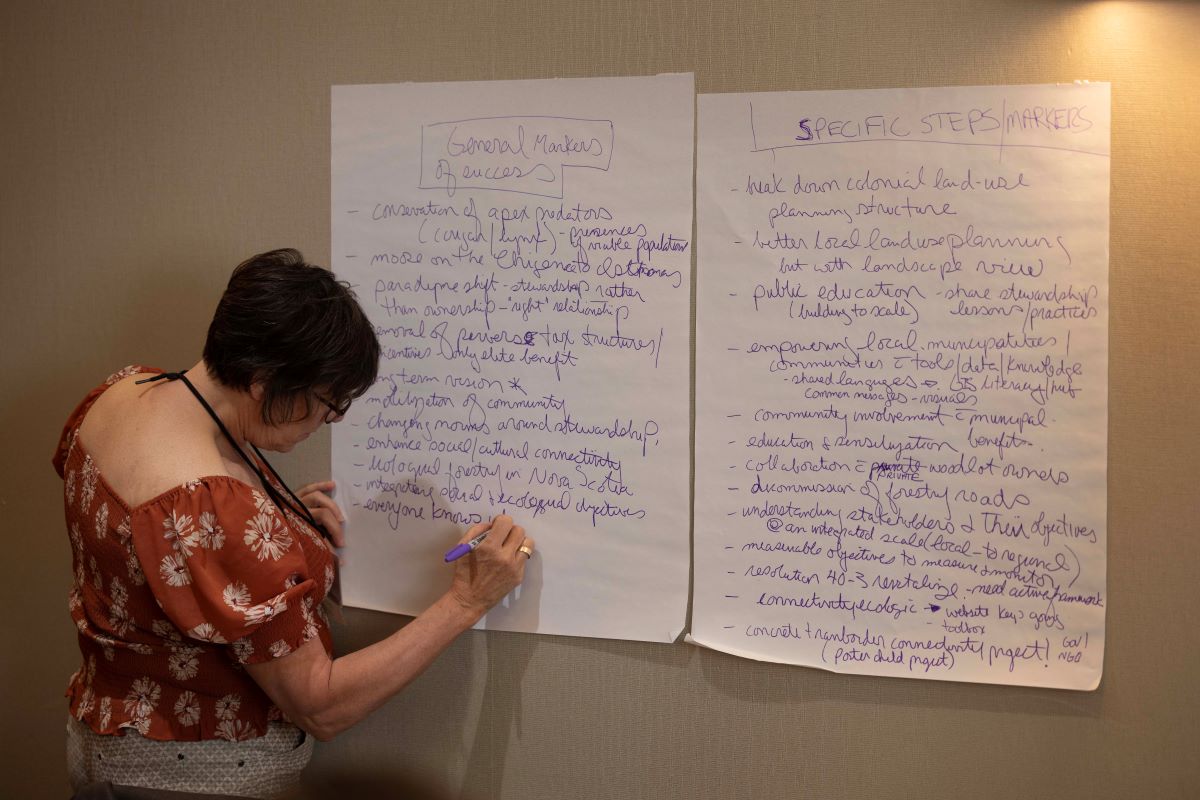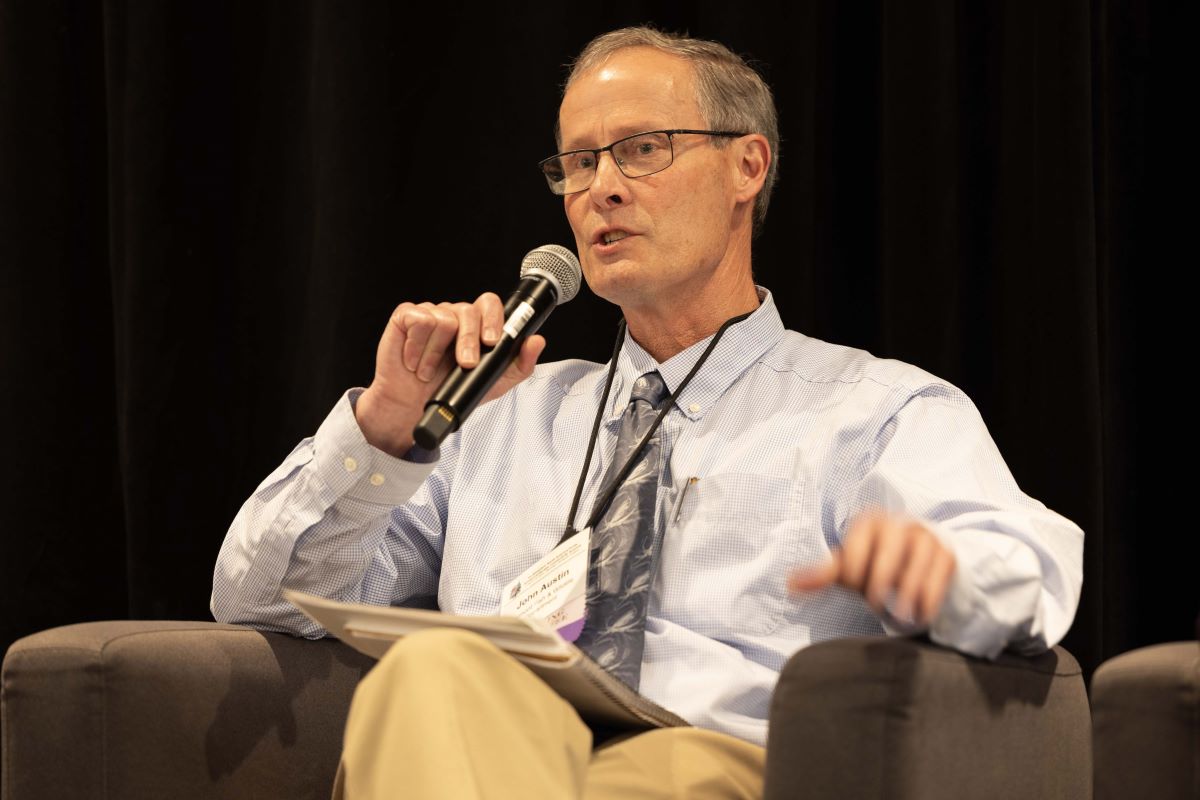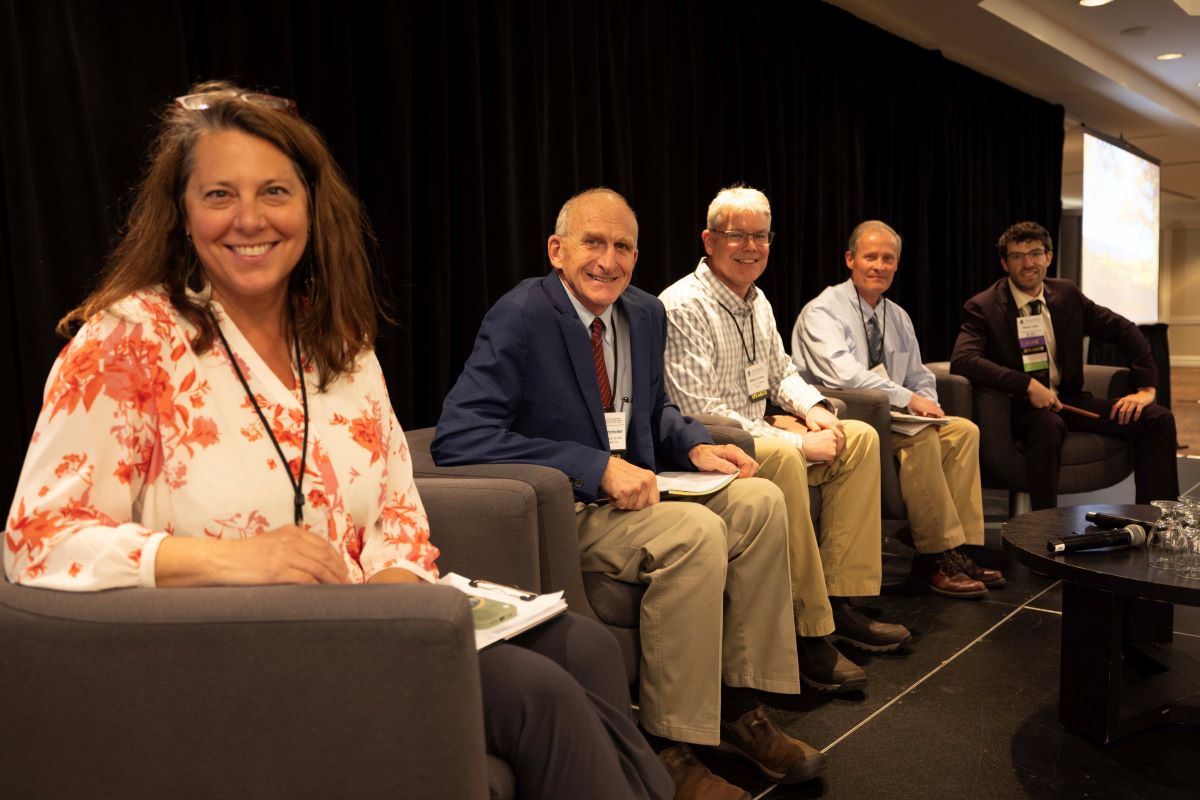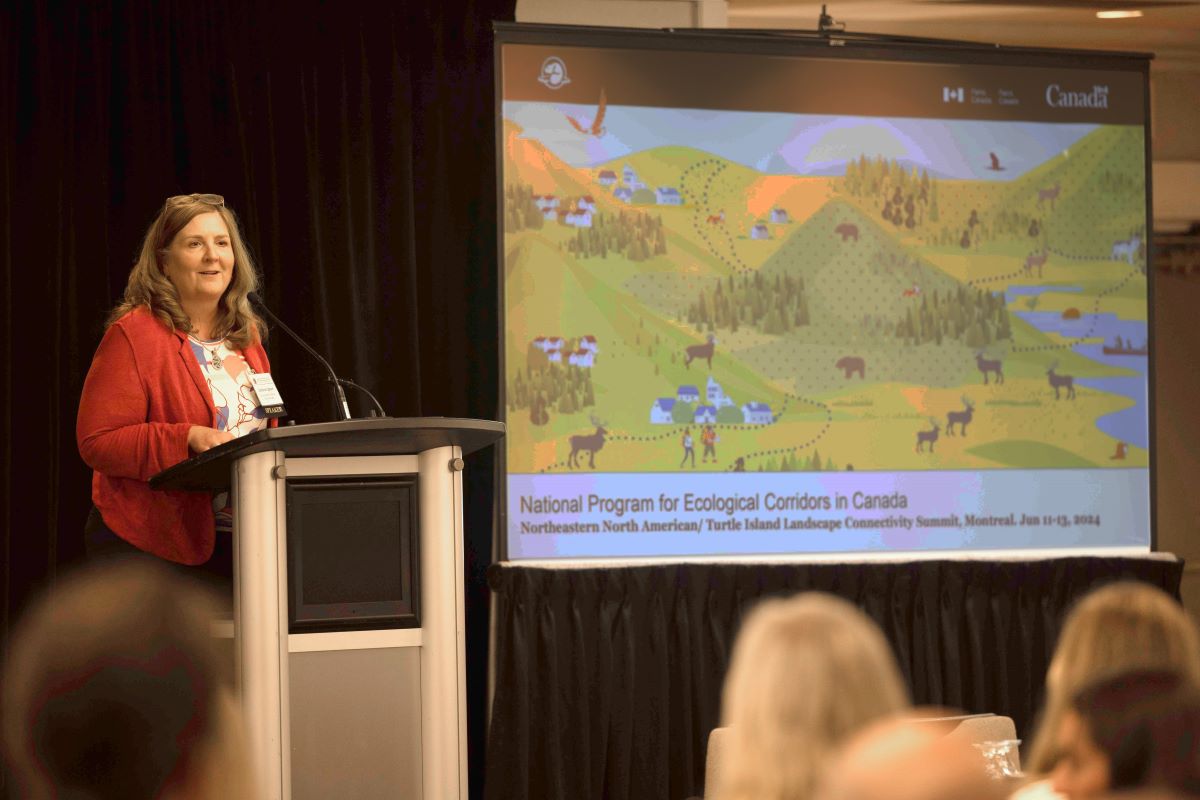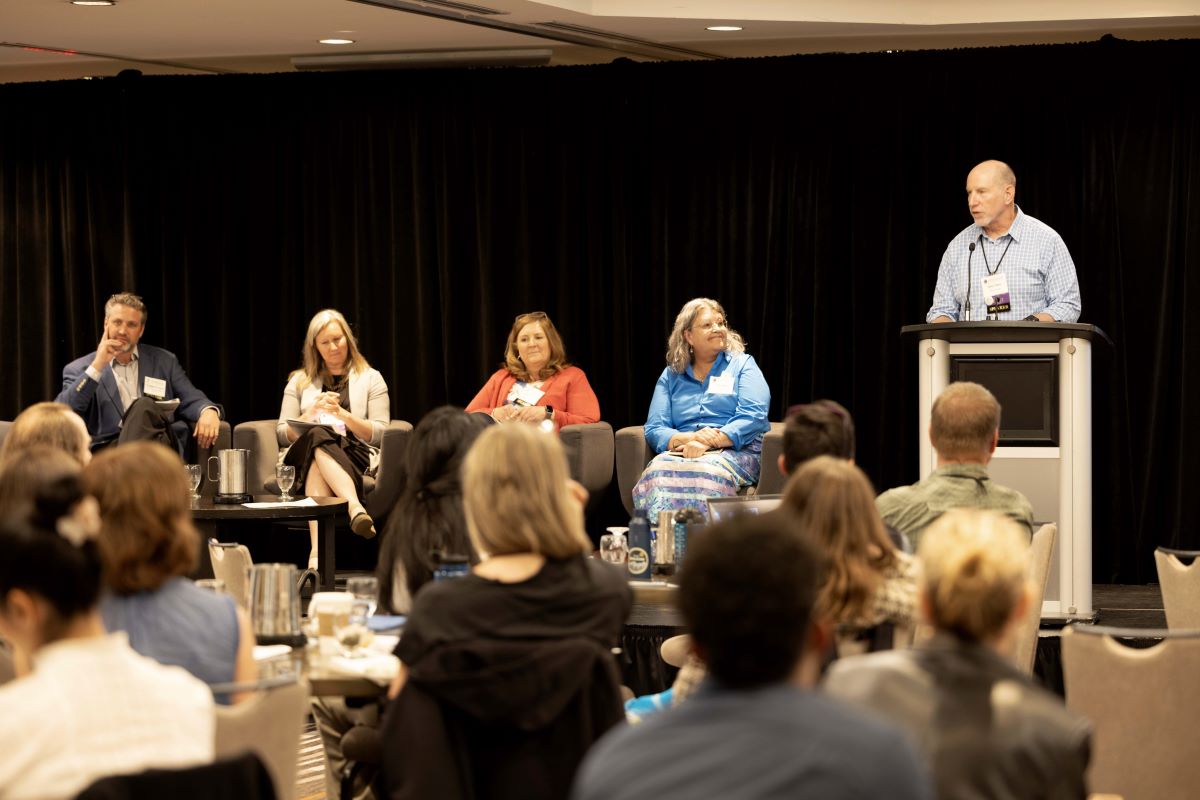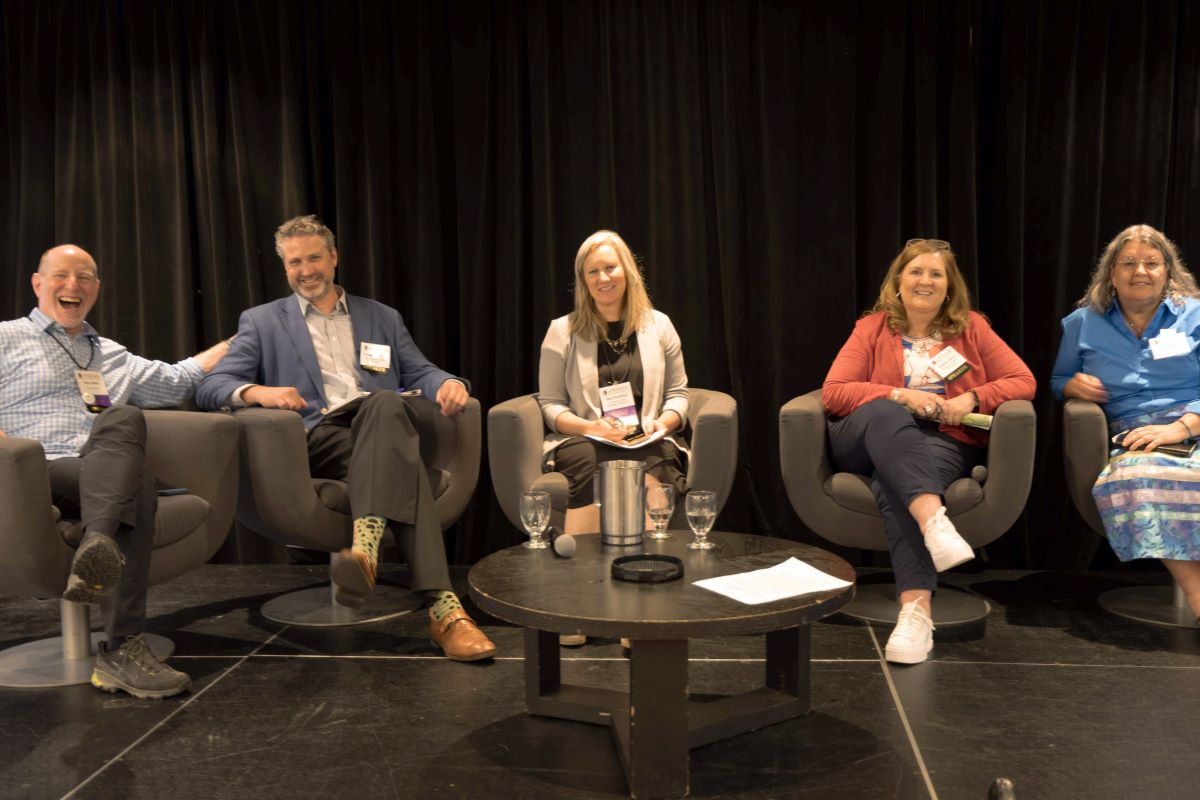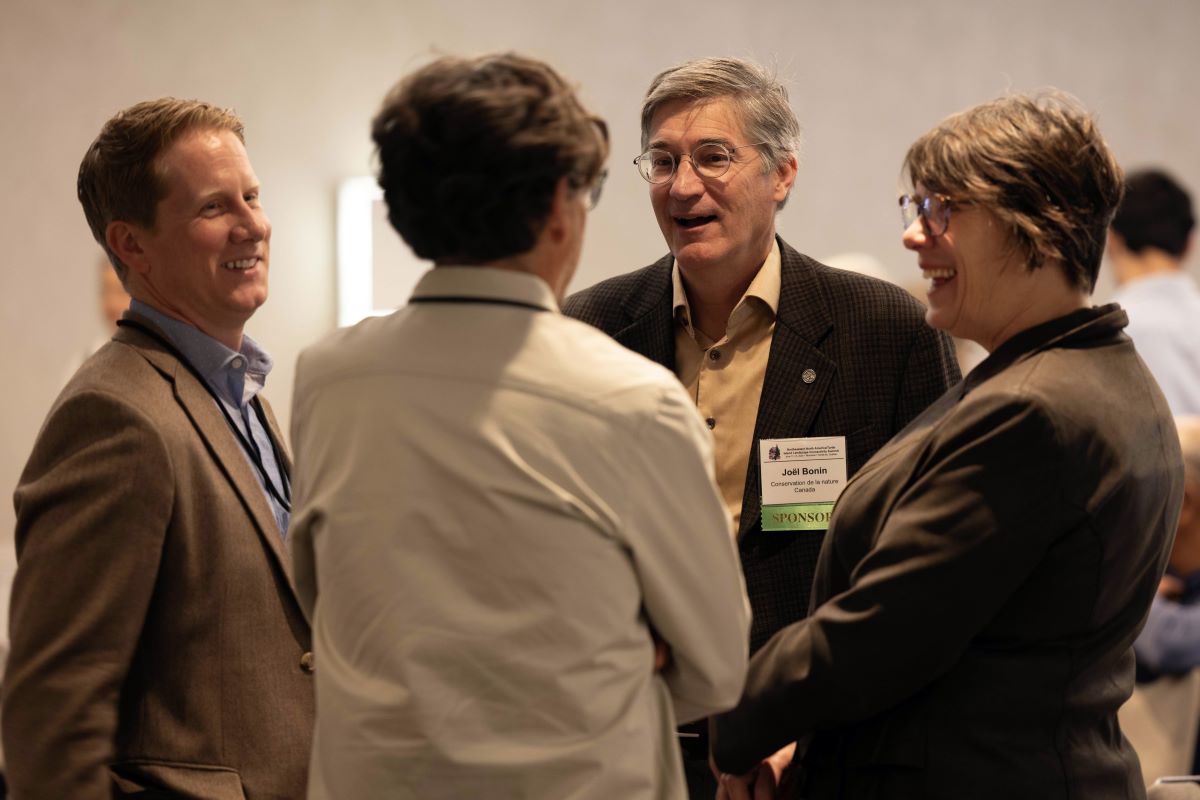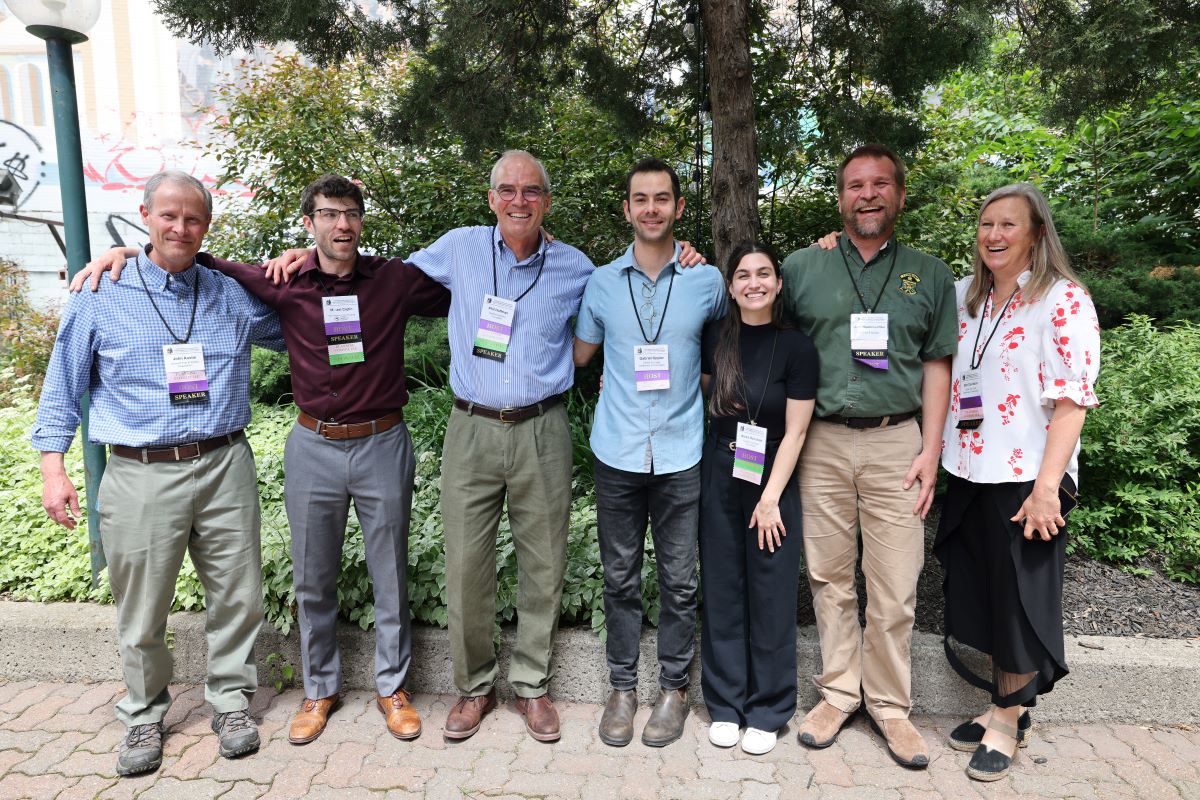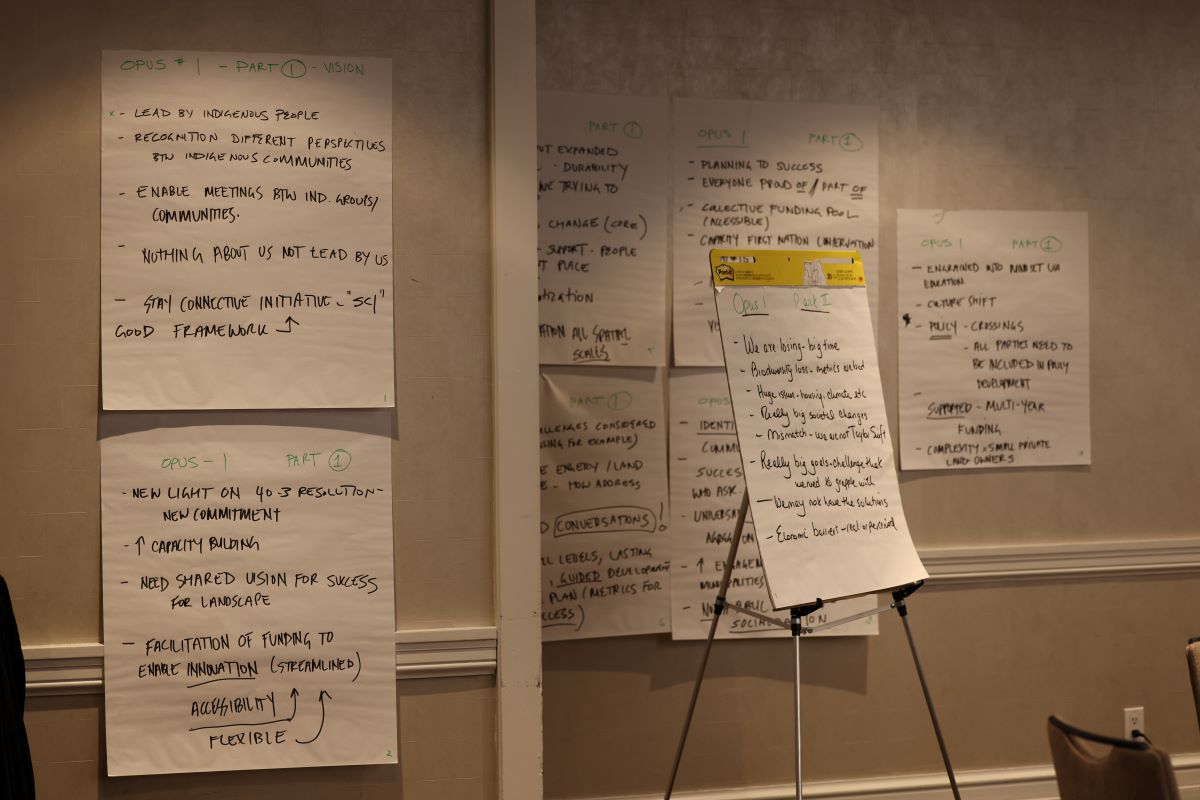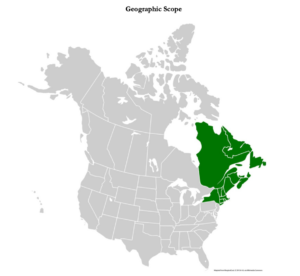
Stretching from the rolling Appalachian Mountains to the rugged Atlantic coastline, the landscapes of Northeastern North America feature bustling population centers, recreational havens and productive farms and timberlands as well as vast forests, abundant freshwater and impressive biodiversity. These are some of the most socio-ecologically complex landscapes in the world, increasingly recognized as critical for ecological integrity and climate adaptation at the continental and even global scale.
The Indigenous peoples who have lived here since time immemorial refer to this region as “Turtle Island” after a shared creation story. On maps it appears divided by the national border between the United States and Canada. Yet as Indigenous peoples remind us, these lands and waters are healthiest when we define them not by built barriers and political borders but by ecological connectivity—the unimpeded movement of species and flow of natural processes that sustains life on Earth. Northeastern North America/Turtle Island is more accurately, and more importantly, an interconnected network of mountains, forests, rivers and wetlands that transcends our human-made boundaries.
With this view in mind, and at a time when we find ourselves increasingly imperiled by biodiversity loss, climate change and political divisions, the Staying Connected Initiative (SCI) is doubling down on efforts to conserve and restore connected land and waterscapes in this cross-border region to ensure a livable, healthy future for all.
Co-convened by SCI partners the Quebec-Labrador Foundation (QLF) and Center for Large Landscape Conservation (CLLC) on behalf of the Staying Connected Initiative partnership, the Northeastern North America / Turtle Island Landscape Connectivity Summit (June 11-13, 2024) marked a watershed moment for connectivity conservation efforts in this region.
More than 170 individuals gathered in Montreal / Tiohtià:ke, Quebec, Canada, the unceded territory of the Mohawk Nation / Kanien’kehá:ka, for this first-ever cross-boundary gathering focused on advancing landscape connectivity conservation and restoration in the five eastern-most Canadian provinces, seven northeastern-most U.S. states, and Indigenous territories of the region. Attendees included a diverse mix of representatives from provincial, state, and federal agencies; Indigenous groups; non-governmental organizations and academic institutions, and public and private funders.
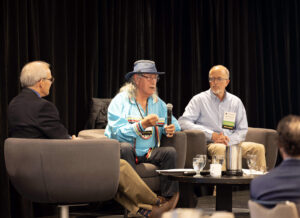
Opening and closing ceremonies, featuring Mohawk elder Sedalia Kawennotas and dancers Owen Mayo and Kwena Bellemare-Boivin, grounded the event in place and reminded all present that effective and equitable conservation and restoration is only possible through genuine partnership with the original inhabitants and stewards of this place.
Remarks from government officials underscored renewed commitment from elected leaders. Representatives from the Biden and Trudeau administrations expressed resolve to further forefront landscape connectivity in national efforts to reach “30×30”—a global effort to protect and connect 30% of the planet by 2030—while states and provinces voiced support for the principles of the New England Governors and Eastern Canadian Premiers’ (NEGECP) Resolution 40-3 on ecological connectivity, biodiversity conservation, and climate adaptation, adopted in 2016.
Headline speakers included:
- Steven Guilbeault, Minister, Environment and Climate Change Canada (recorded)
- Brenda Mallory, Chair, White House Council on Environmental Quality (recorded)
- Benoit Charette, Minister for Biodiversity, Wildlife, and Parks, Quebec Ministry of the Environment, Fight Against Climate Change, Wildlife, and Parks (recorded)
- Julie Moore, Secretary, Vermont Agency of Natural Resources
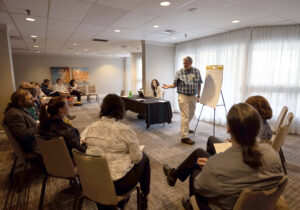
 Breakout sessions offered an opportunity for cross-sectoral and cross-scale conversation. Credit: Audrey Huffman
Breakout sessions offered an opportunity for cross-sectoral and cross-scale conversation. Credit: Audrey HuffmanConnectivity conservation is a wide-ranging topic with many facets. The Summit wove together diverse themes such as connectivity and climate science; Etuaptmumk/Two-Eyed Seeing (weaving Indigenous knowledge and western science); linear infrastructure; land use; and policy and funding. Through plenary presentations and panels, as well as breakout discussion groups, participants traded insights based on their expertise and shared thoughts on how to work across borders and communities.
Particularly exciting for many participants was the opportunity to connect local projects, programs and initiatives to global conservation priorities (i.e., the Kunming Montreal Global Biodiversity Framework and other international policy mandates) and vice versa. Representatives from globally focused entities (e.g., the International Union for Conservation of Nature) brought to bear illuminating examples of large landscape conservation success and lessons learned from far afield.
Perhaps most importantly, the Summit afforded all an opportunity to broaden and strengthen relationships. Many in this field abide by the mantra of “connecting people to connect landscapes.” Whether in the hallways and elevators, over lunch, or around town, some of the Summit’s most valuable conversations surely took place outside the formal program.
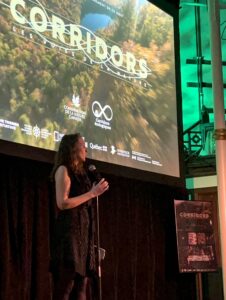
In fact, one of the most dynamic parts of the week was a “Connectivity Films” evening hosted by the Québec Ecological Corridors Initiative. Attendees were treated to short films from around the region, all of which demonstrated the profound importance of communicating conservation work in an accessible way to the public.
As the Summit wrapped up, handshakes and hugs preceded pledges to stay in close contact and to increase coordination and collaboration through the Staying Connected Initiative and other partnerships. On a practical level, outcomes from the Summit will contribute towards the development of a high-level, regional connectivity “road map” that identifies key opportunities, strategies, and potential actions by each sector to connect and restore ecological connectivity across Northeastern North America / Turtle Island.
Less tangibly, but perhaps just as importantly, all can agree that the Summit provided inspiration to return to the desk, the field, or the classroom more resolved to sustain and restore ecologically and culturally well-connected landscapes for a healthy and resilient future.
Check out some photos from the Summit:

All slideshow photos courtesy of Audrey Huffman
Top photo: Montreal from Mont Royal – courtesy of G. Oppler/Center for Large Landscape Conservation
